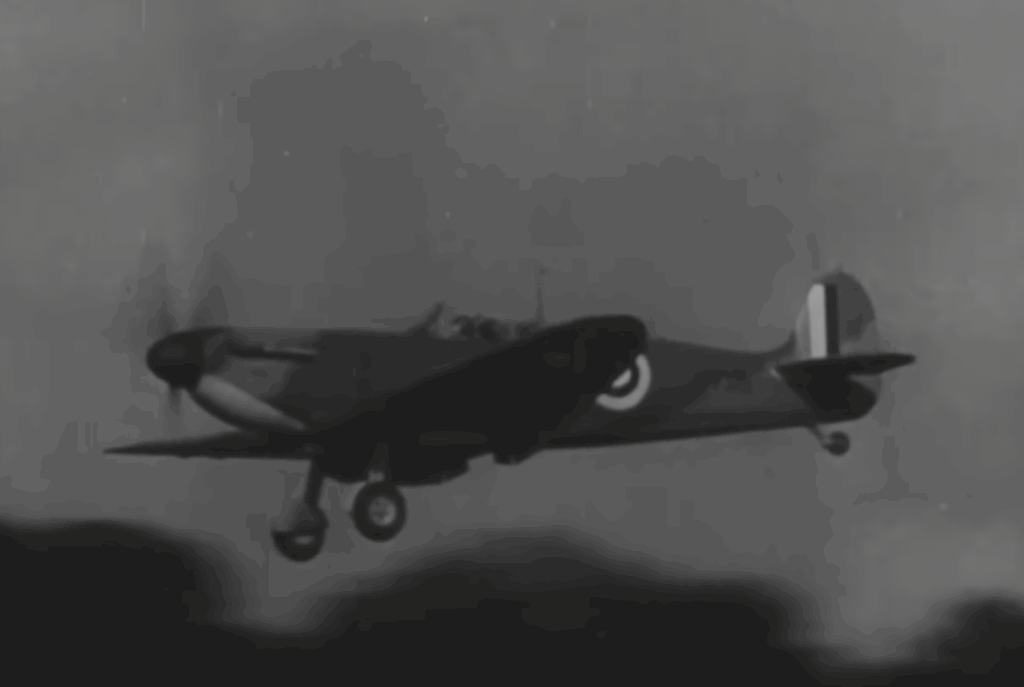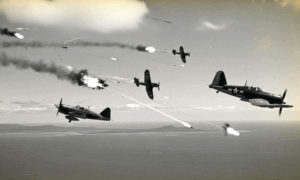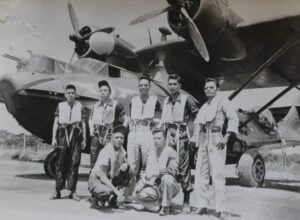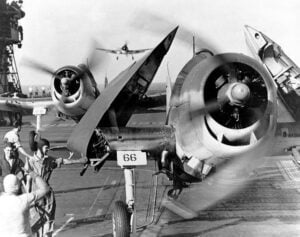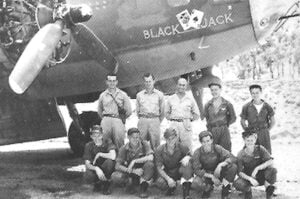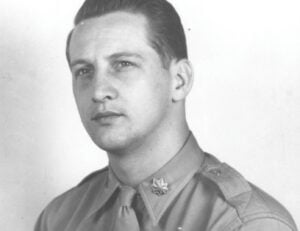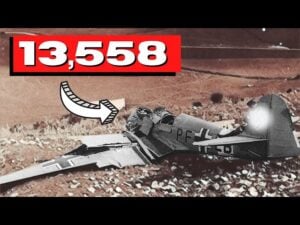The Story of the Nearly Forgotten WWII Friendly Fire Incident of Spitfires Shooting Down Hurricanes
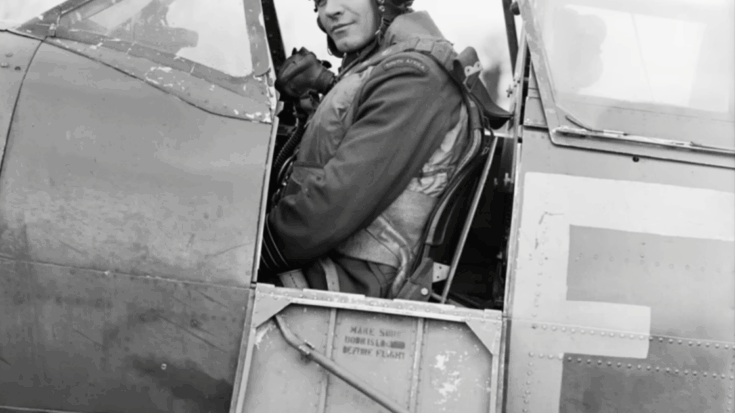
Showtime112 / YouTube
The Spitfire and the Hurricane are remembered as the defenders of Britain during the summer of 1940. Yet, their first combat encounter did not come against an enemy force. On September 6, 1939—just days after Britain declared war—Spitfires shot down Hurricanes in a tragic case of mistaken identity. This little-known event occurred in the tense first week of the war, when radar technology was still unreliable and both pilots and commanders were operating in an atmosphere of extreme caution.
The Setting and Early Confusion
Britain had been preparing for air war for years, led by Air Chief Marshal Sir Hugh Dowding’s integrated defense network of radar stations, observer posts, anti-aircraft sites, and dispersed airfields. The new Chain Home radar offered an early warning system but was still plagued with technical problems. These flaws, combined with high alert across the country, produced several false alarms, even against friendly aircraft.
On the foggy morning of September 6, a searchlight crew on Mersea Island heard an unidentified aircraft overhead. Unable to see it, they reported it up the chain of command. Orders were issued for fighters from North Weald to investigate. Official records later revealed that multiple squadrons were launched, including Hurricanes from 151 and 56 Squadrons, followed shortly by Spitfires from 74 Squadron at Hornchurch, led by Squadron Leader Adolph “Sailor” Malan.
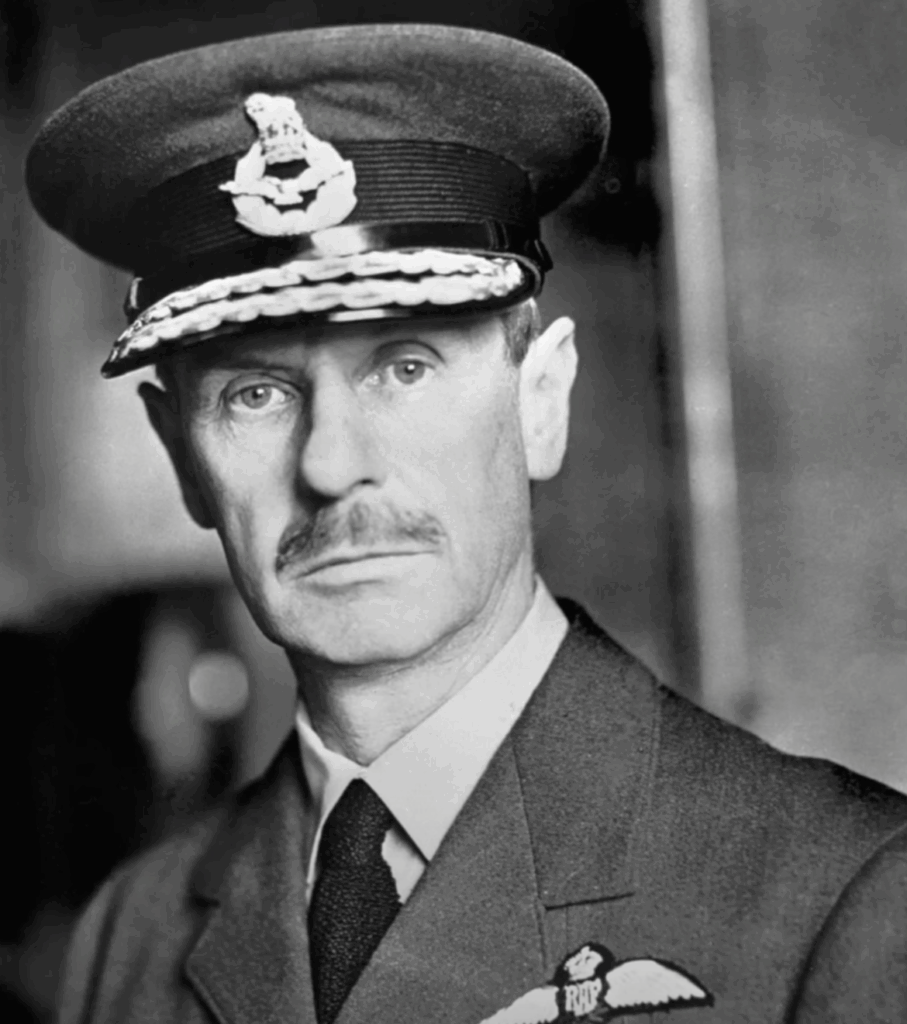
A Faulty Signal and Escalation
The situation worsened because a radar station at Canewdon had a faulty filter that failed to block signals from the west. As Hurricanes took off, their radar returns were misread as hostile aircraft approaching from the east. More fighters were scrambled, creating the illusion of multiple enemy formations.
Near Ipswich, Malan’s Spitfires sighted aircraft they believed to be German fighters escorting bombers. He gave the attack order, and two pilots—Flying Officers Vincent “Paddy” Byrne and John Freeborn—opened fire. Byrne riddled his target with bullets, forcing it down, while Freeborn fatally struck the pilot of another aircraft.
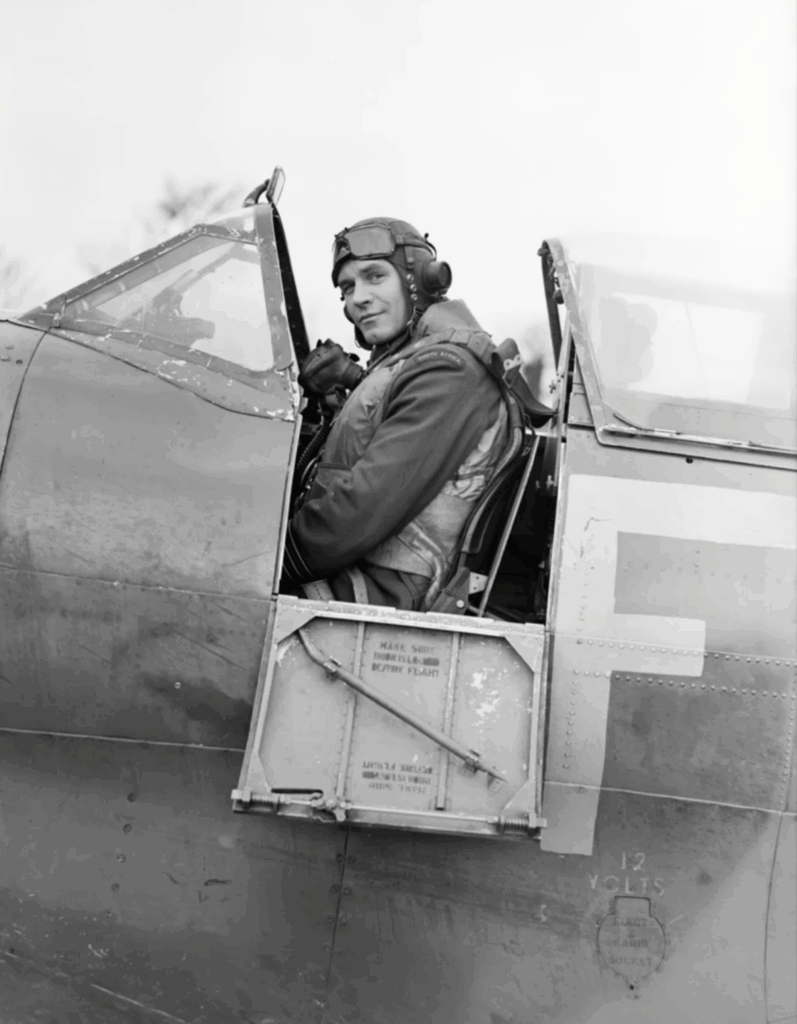
The Tragic Outcome
The aircraft they attacked were not German at all—they were Hurricanes from 56 Squadron, flown by Pilot Officers Frank Rose and Montagu Hulton-Harrop. Hulton-Harrop was killed instantly, becoming the first RAF fighter pilot to die in the war. Rose survived without injury but crash-landed.
Back on the ground, the two Spitfire pilots were arrested and faced court-martial. Freeborn, then only nineteen, nearly repeated the mistake on the return flight when he mistook a twin-engined aircraft for a German bomber. His wingman intervened to prevent further disaster.
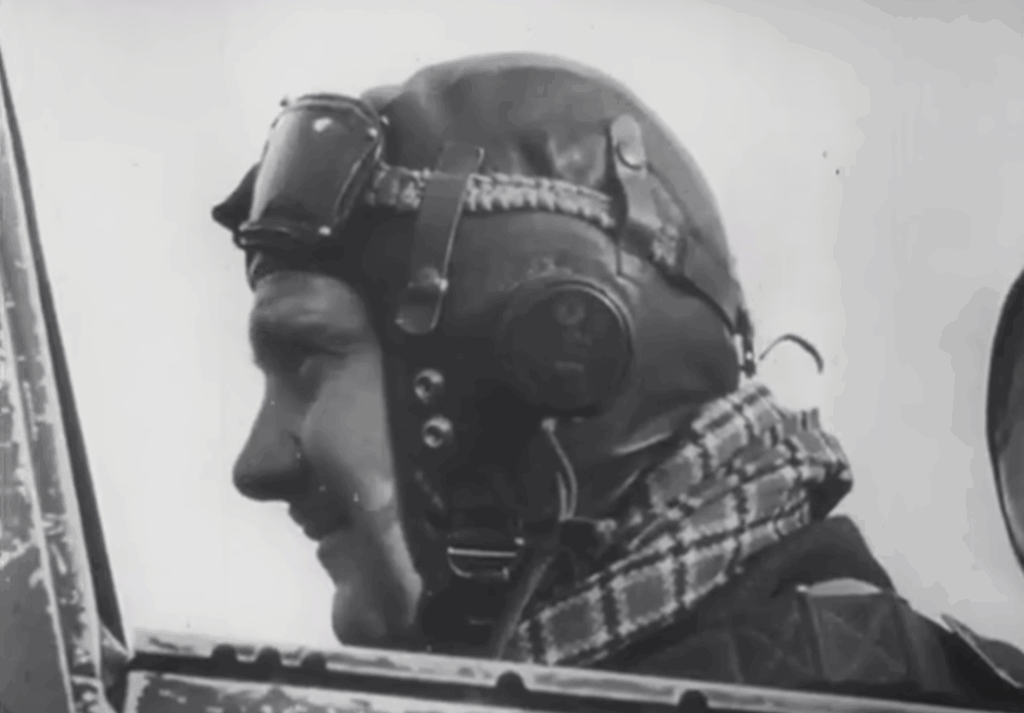
Courtroom Dispute and Lasting Questions
At the trial, Malan stated that he had given an urgent radio command to break off the attack after realizing the truth. None of his pilots recalled hearing it. Researchers suggest this could be explained by the “Pipsqueak” system—an automatic signal sent by certain aircraft to help track friendly units. While transmitting, it blocked normal voice communication, possibly silencing Malan’s warning.
Both Byrne and Freeborn were acquitted, the event ruled an accident caused by confusion and faulty technology. Yet, Freeborn carried the memory for the rest of his life, haunted by the fact that he had killed a fellow airman.
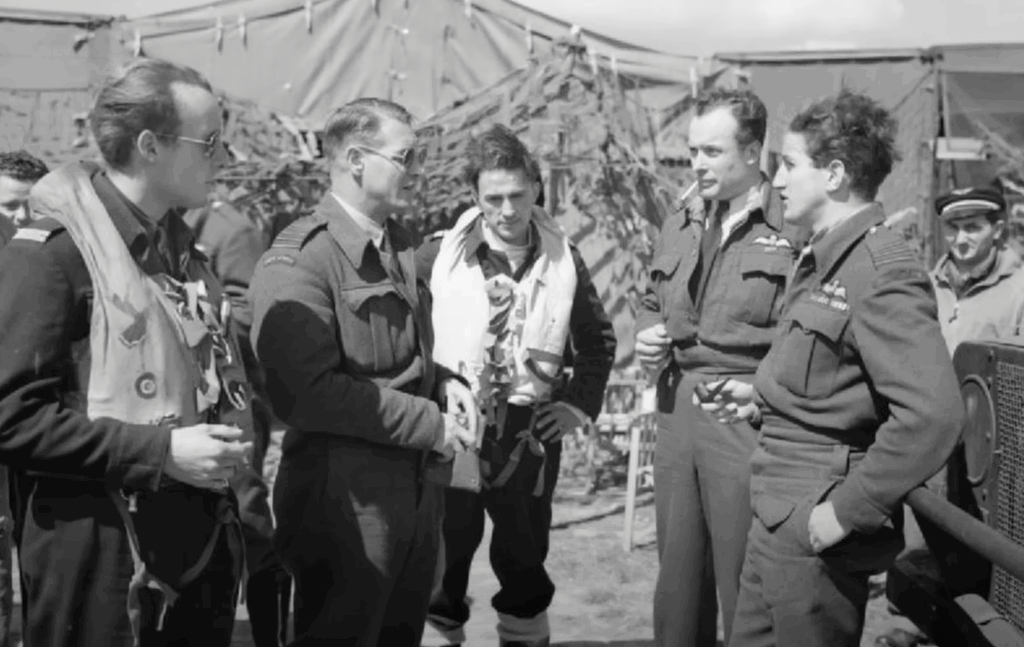
Legacy of the Incident
The episode became known, somewhat ironically, as the “Battle of Barking Creek,” though it occurred far from that location and involved no real battle. The name likely arose from wartime humor. The friendly fire was the result of a chain of errors—technical faults, untested systems, inexperienced crews, and the fear of an imminent German attack.
It was the first time a Spitfire had ever shot down another aircraft, and the first loss of a Hurricane in combat. The death of Montagu Hulton-Harrop stands as the first British fighter casualty of World War II—a sobering reminder that in war, mistakes can be as deadly as enemy fire.
